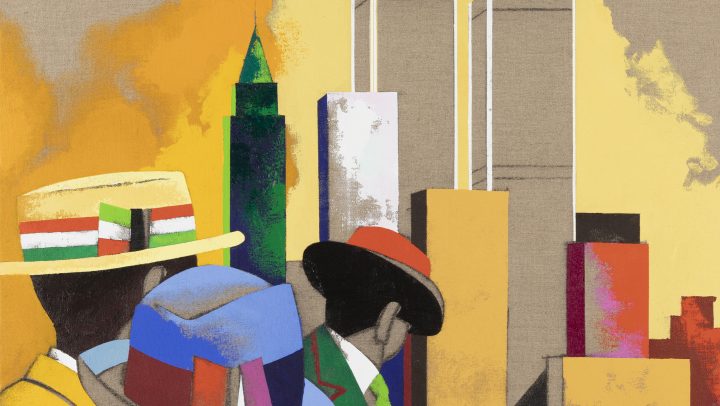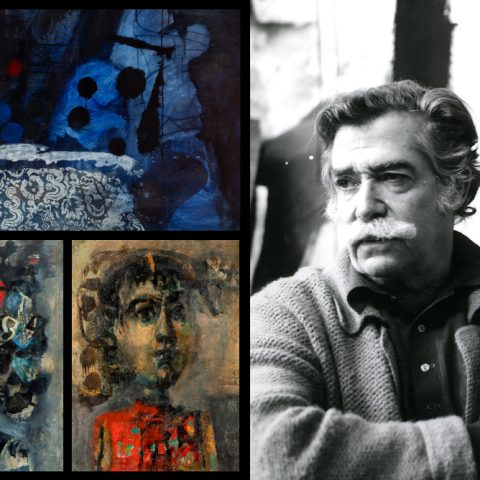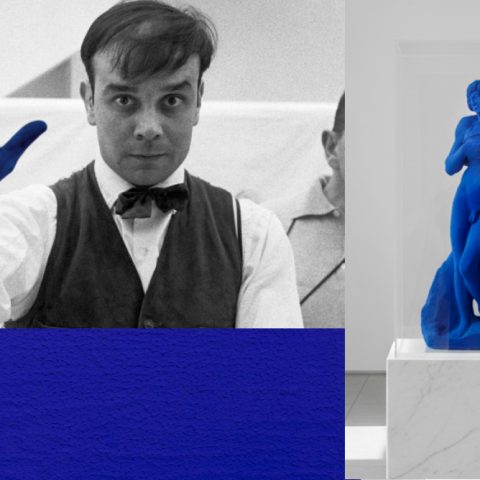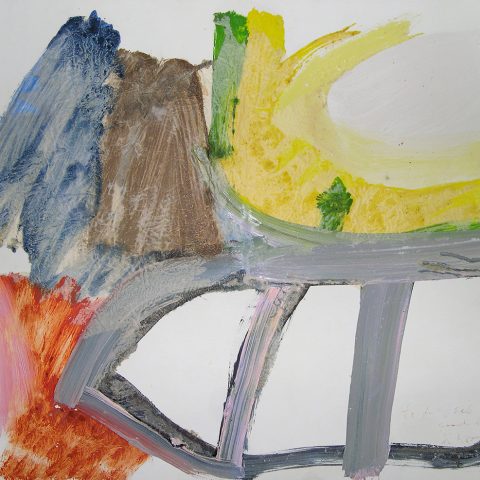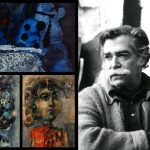The image of the traveler, whether strolling, wandering in front of the sea or absorbedly observing the infinite, remains rooted in our collective imagination thanks, in part, to the literature and philosophy that emerged during Romanticism, which cultivated with true enthusiasm the intimate and subjective character that has permeated its narrative ever since.
In fact, the romantic heritage has lasted until today through a multitude of artists who have found in the figure of the traveler a form of self-reference, whose journey is transformed into an allegory of the journey experienced by the artist himself. Since Friedrich and his “Wayfarer by the Sea”, many have adopted and adapted the narrative formula of the traveler who, always with his back turned, observing the landscape in a self-absorbed way, embodies the idea of that eternal introspective journey with which the figure of the artist identifies.
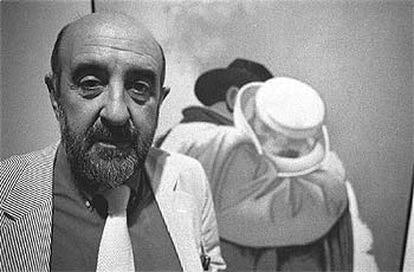
In this sense, and despite its apparent opposition, Eduardo Úrculo’s work during the 1980s came closer to this romantic vision through his readings of the work of Charles Baudelaire or Verlaine, but also of painters who, like David Hooper, imbued the conception of the traveler with a nostalgic and introspective aura.
It will be from then on when Úrculo’s painting will turn towards a theme of a more narrative character, in which the loneliness of modern man, embodied in the figure of the wandering traveler, will fill his compositions. In this sense, the bidding work is part of this great cycle of paintings that in his hands become allegories of the artist’s own creative journey. The painting, presided over by his unmistakable men with their backs turned, dressed in trench coats and hats, looking expectantly at the city that rises before them, inherits from Hopper’s work that “poetic silence” that comes from an aesthetic of contemplation.
“The journey is memory on our shoulders, with all its essences and perfumes, circumstances and substances.” Eduardo Úrculo.

In effect, Úrculo is then in a stage that we could call introspection, in which the vision of the journey, whether through the world or through his own interior, is expressed through a figuration of simplified realism whose narrative is as nostalgic as it is mysterious and disquieting. Strictly pictorially, the sharp chromatic contrasts, the economization of forms and the dramatization of lights and lines that structure the space, give light to an image that Úrculo turned into one of the greatest icons of his production.

